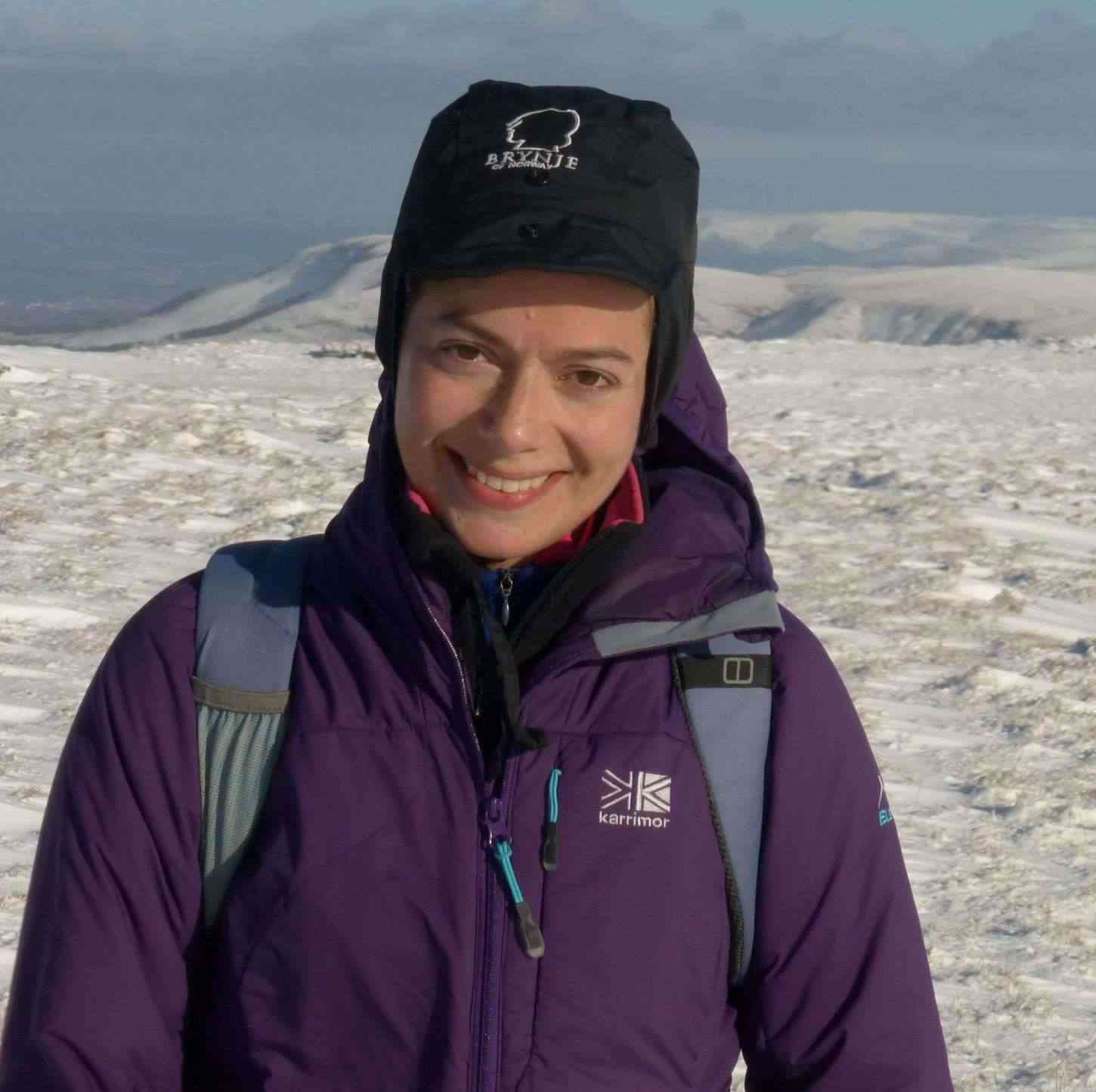Canada-Inuit Nunangat-UK - Inuit Qaujisarnirmut Pilirijjutit on Arctic Shipping Risks in Inuit Nunangat
Inuit Qaujisarnirmut Pilirijjutit on Arctic Shipping Risks in Inuit Nunangat was a funded project under the Canada-Inuit Nunagat-United Kingdom (CINUK) 2021 call for proposals, and was co-led by Inuit and government scientists and academics from Canada and the UK. Our project focused on understanding risks from climate change and growth in shipping across Inuit Nunangat and identification of ways to manage these issues that support Inuit self-determined shipping and oceans governance.
Climate change and related reductions in sea ice have increased open water areas and accessibility for ship traffic across Inuit Nunangat, where shipping activity has grown by >250% since 1990. Increased Arctic marine connectivity could enhance employment and economic development opportunities for Inuit, but could also increase risks related to environmental and cultural sustainability, safety and security, and present sovereignty tensions. It is vital that research, policy, and affected communities proactively plan, share knowledge, and provide evidence for decision-making for marine traffic in a rapidly changing and opening Arctic.
Inuit Qaujisarnirmut Pilirijjutit on Arctic Shipping Risks in Inuit Nunangat, was a project co-developed in 2021 by Inuit, Canadian and UK partners to generate knowledge about the risks associated with climate change-induced growth in Arctic shipping across the Inuit homeland known as Inuit Nunangat. The project aimed to identify and evaluate potential management strategies that support Inuit self-determined shipping and oceans governance.
We investigated past, present and future trends in shipping activity throughout Inuit Nunangat and collected new data to assess the impacts of increased traffic on both the natural environment and the livelihoods, health and wellbeing of Inuit communities. The focus was on: 1. underwater noise impacts on marine mammals, 2. particulate contaminants in the ocean (e.g. microplastics, paints and heavy fuel oil residues), 3. risk of non-indigenous species establishing within Inuit Nunangat waters, and 4. comprehensive risk mapping and analysis of governance options.
Community researchers at two Inuit communities, Pond Inlet and Arviat, were integral to developing case studies for high and low shipping traffic sites respectively. Sampling and monitoring campaigns on ships of opportunity in 2023-24 enabled us to assess environmental impacts within the main shipping routes. The project results have provided evidence to guide future decision-making for marine traffic management in an increasingly more accessible Arctic.


